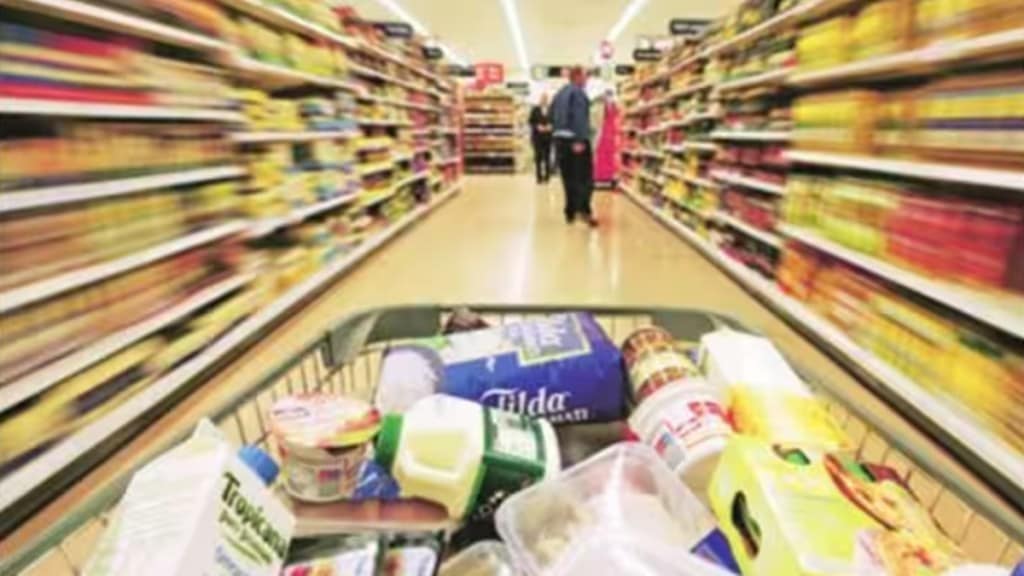Haldiram’s, a popular bhujia brand whose legacy goes back to a small shop in Bikaner started by Gangabishan ‘Bhujiawala’ Agarwal, was in the news this week as a potential acquisition target for Tata Consumer, the fast-moving consumer goods (FMCG) arm of the Tata group.
While Tata Consumer as well as Haldiram’s denied the reports, the tryst with mergers and acquisitions is nothing new for the latter. In 2019, Haldiram’s was in the news for a potential deal with American food major Kellogg’s. Those talks, for a majority stake (51%) at a valuation of $3 billion, fizzled out without a trace.
Between then and now, Haldiram’s (including the Delhi and Nagpur units),which has a geographical indication (GI) tag for its distinct flavour, has grown at a compounded annual growth rate of 15% with an FY23 topline of Rs 10,200 crore, according to estimates by brokerage Nuvama. FY22 combined topline of the two units stands at Rs 8,870 crore, according to regulatory filings by the two companies.
While Haldiram’s products would have been a good addition to Tata Consumer, which doesn’t have such foods and snacks in its portfolio, industry sources said the reported $10 billion valuation was 10 times the FY22 sales of its business, which is way too expensive.
Manoj Verma, chief operating officer, Bikaji Foods, which went public last year, says, “Bhujia has emerged as an alternate to biscuits. If the focus earlier for consumers would be on biscuits and its many variants such as cookies, creams, jim-jams etc. Now, traditional snacks such as bhujia and namkeens are also competing for their attention.”
Price points vary from Rs 5 and Rs 10 per unit at the entry level going up to Rs 55 and above per unit, much like biscuits, experts say. The traditional or ethnic snacking category, according to consultancy Frost & Sullivan, is Rs 18,100 crore in terms of size, growing at a clip of about 15-16% per annum. Biscuits, in contrast, are a bigger category estimated at around Rs 45,000-50,000 crore in size, growing at about 8-9% per annum. No wonder, FMCG companies are keen to have a slice of the market.
In April this year, the Competition Commission of India had approved the demerger of the FMCG businesses of Haldiram Foods International (Nagpur unit) and Haldiram Snacks (Delhi unit) into a newly created entity called Haldiram Snacks Food.
Acquisition talks if any, said industry sources, would have been for this entity. Executives at Tata Consumer and Haldiram’s were not immediately available for comment on the issue.
According to Frost & Sullivan estimates, Haldiram’s including the Nagpur and Delhi units has a market share of 38.5% of the Rs 18,100 crore, followed by Balaji at 9.6%, Bikaji at around 9%, Bikanervala (Bikano) at 6% and PepsiCo at 3.7%. Haldiram – Prabhuji (Kolkata), Prataap Snacks, DFM Foods and other organised players have the rest of this market.
